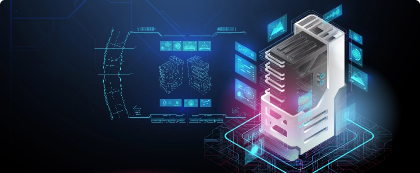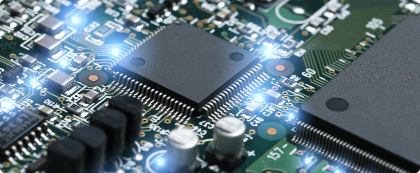R & D Centers

SIRO
View Document
SNIST Centers
Mechanical Engineering
Electronics & Communication Engineering
Computer Science & Engineering
Biotechnology
View Document
SNIST Facilities

Rapid Prototyping
View Document

Nanoscale IC Design
View Document

Data Science & Machine Learning
View Document
Innovation can occur in spaces of many different shapes and sizes, from skunkworks and internal start-ups to large scale laboratories and manufacturing facilities. It is important to recognize that utilizing design in any workspace or R&D facility should be a strategy, not a perk. Design is integral for defining a culture and optimizing productivity.Research and development is increasingly becoming a significant focus on the agenda for ambitious businesses that aspire to be at the top of their industry. Huawei, for example, have recently declared their continuous investment in innovation, with more than 45 percent of their total workforce worldwide comprising of R&D employees. Currently, the Chinese ICT solutions provider sits in third place of the market share, but boldly predicts that they will surpass Apple as the second-biggest smartphone player in the world in three years, and knocking Samsung off the top spot by 2021. This doesn’t seem unreasonable with their tenacious growth and commitment to design and innovation.
Here, we explore how the design of R&D facilities should ultimately come down to the purpose of any given space. Certainly, design for R&D facilities is highly discipline-specific, from physicists to marine scientists, and each require different needs. However, there are certain common principles that can be applied as, fundamentally, the design of the space can either help or hinder the research.










